Lucey-driscoll Syndrome
Lucey-driscoll syndrome. Urocanic aciduria Histidinemia Hawkinsinuria and more. Lucey-Driscoll syndrome Concept Id. Lucey-Driscoll Syndrome Transient familial neonatal hyperbilirubinemia Neonatology A potentially fatal AR disorder characterized by severe hyperbilirubinemia.
Mutations in the same gene cause Crigler-Najjar syndrome types I and II 218800 606785 and Gilbert syndrome. Benign disorder of metabolism of bilirubin resulting in transient neonatal hyperbilirubinemia unconjugated bilirubin. Dont let static charges disrupt your weighing accuracy How to Quickly Check Pipettes.
Babies with this disorder may be born with severe jaundice yellow skin yellow eyes and lethargy. Orpha number Synonym s. 191740 on chromosome 2q37.
Bilirubin comes from the breakdown of red blood cells and is handled by the liver. A number sign is used with this entry because of evidence that transient familial neonatal hyperbilirubinemia can be caused by heterozygous or homozygous mutation in the uridine diphosphate-glucuronosyltransferase gene UGT1A1. Lucey-Driscoll syndrome a form of transient familial hyperbilirubinemia is a rare metabolic disorder that leads to very high levels of bilirubin in a newborns blood.
LUCEY-DRISCOLL SYNDROME Mutations in the same gene cause Crigler- Najjar syndrome types I and II and Gilbert syndrome. Lucey-Driscoll syndrome also known as transient familial hyperbilirubinemia is a rare condition that leads to very high levels of bilirubin in a newborns blood. Bilirubin comes from the breakdown of red blood cells and is handled by the liver.
Research of Lucey-driscoll Syndrome disorder has been linked to Hyperbilirubinemia Hereditary Hyperbilirubinemia Neonatal Neonatal Jaundice Kernicterus Hyperbilirubinemia. Transient Familial Neonatal Hyperbilirubinemia. A rare genetic hepatic disease characterized by very high serum bilirubin levels in a newborn clinically presenting as jaundice during the first few days of life.
Lucey-Driscoll syndrome is occasionally misspelled Lucy-Driscoll syndrome Rare. Lucey-Driscoll syndrome Genetic and Rare Diseases Information Center GARD an NCATS Program COVID-19 is an emerging rapidly evolving situation.
The condition is usually self-resolving although in some cases it can lead to kernicterus with corresponding symptoms including lethargy high-pitched crying hypotonia missing reflexes vomiting or seizures.
Bilirubin comes from the breakdown of red blood cells and is handled by the liver. Babies with this disorder may be born with severe jaundice yellow skin yellow eyes and lethargy. Affiliation 1 Department of Pediatrics Kagawa Medical School. Lucey-Driscoll syndrome An Orphanet summary for. Bilirubin comes from the breakdown of red blood cells and is handled by the liver. Lucey-Driscoll syndrome Lucey-Driscoll syndrome Lucey-Driscoll syndrome Ryoikibetsu Shokogun Shirizu. 191740 on chromosome 2q37. Article in Japanese Authors T Imai 1 K Isobe. A number sign is used with this entry because of evidence that transient familial neonatal hyperbilirubinemia can be caused by heterozygous or homozygous mutation in the uridine diphosphate-glucuronosyltransferase gene UGT1A1.
191740 on chromosome 2q37. Article in Japanese Authors T Imai 1 K Isobe. Lucey-Driscoll syndrome Lucey-Driscoll syndrome Lucey-Driscoll syndrome Ryoikibetsu Shokogun Shirizu. Lucey-Driscoll syndrome a form of transient familial hyperbilirubinemia is a rare metabolic disorder that leads to very high levels of bilirubin in a newborns blood. Lucey-Driscoll syndrome is occasionally misspelled Lucy-Driscoll syndrome Rare. C0270210 A rare genetic hepatic disease characterized by very high serum bilirubin levels in a newborn clinically presenting as. Lucey-Driscoll syndrome Concept Id.
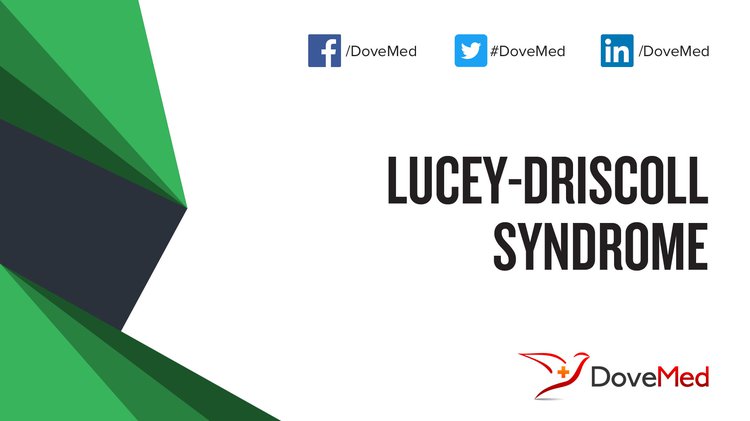

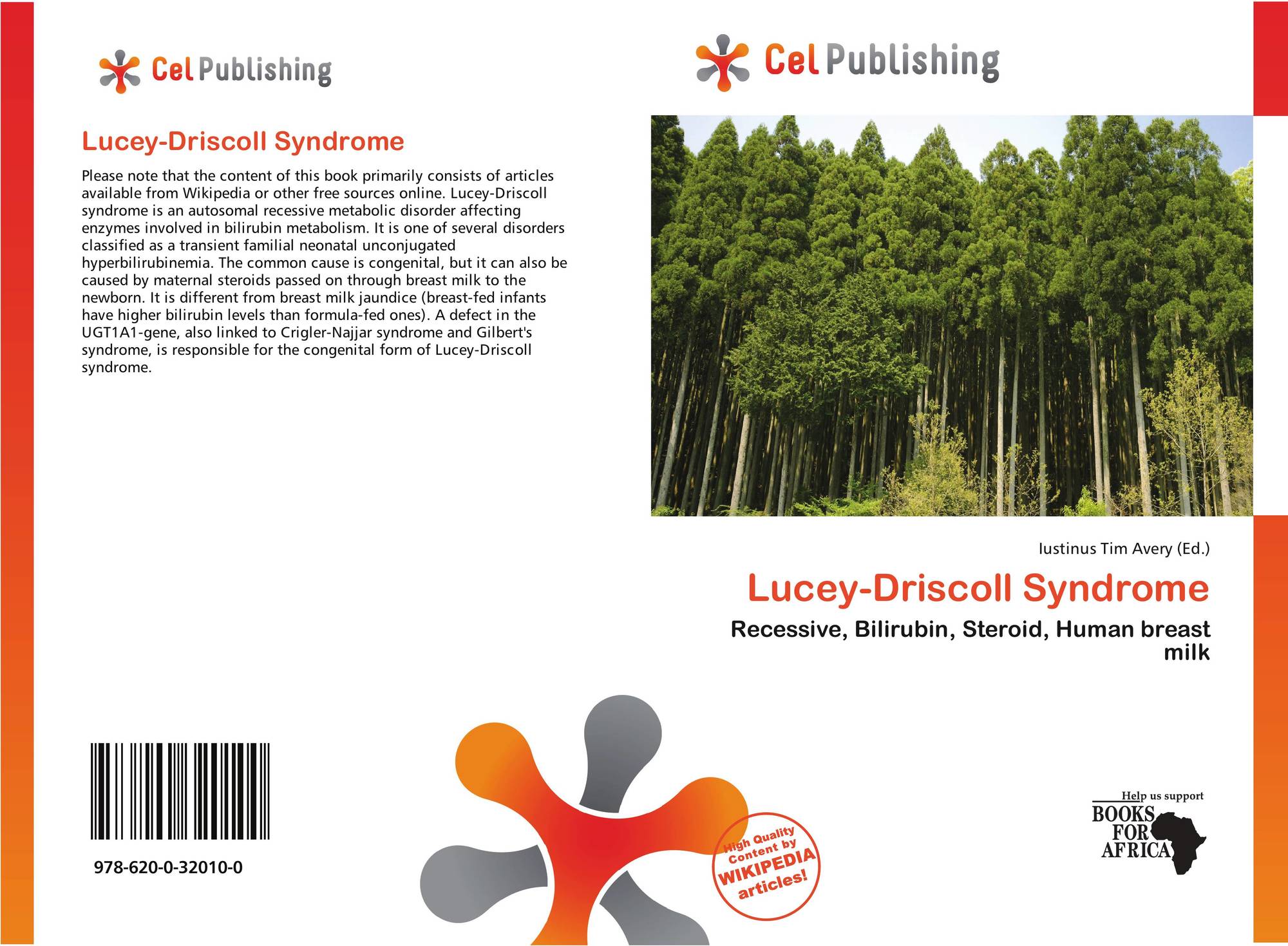







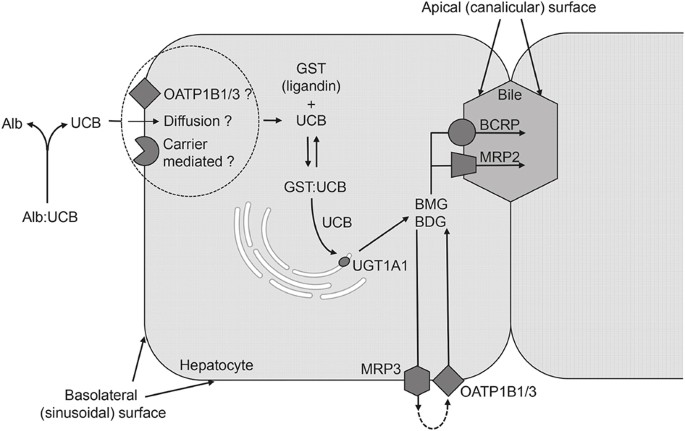




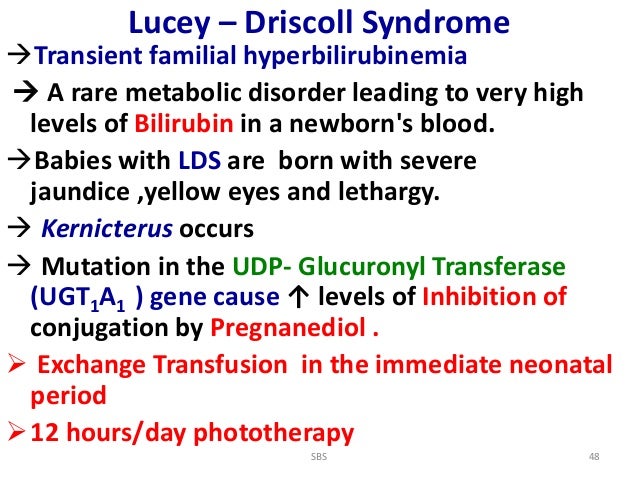

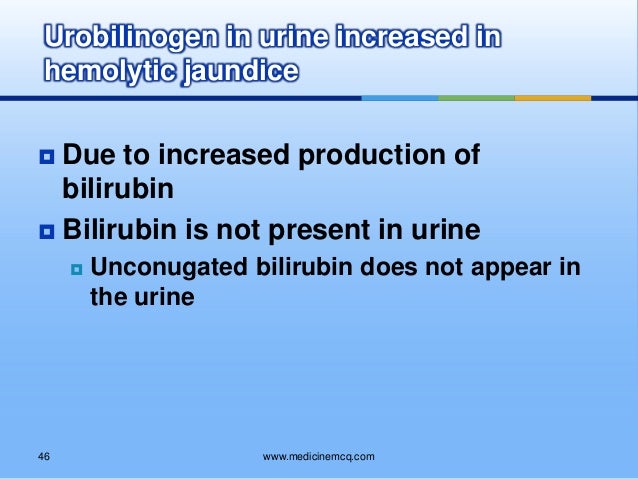

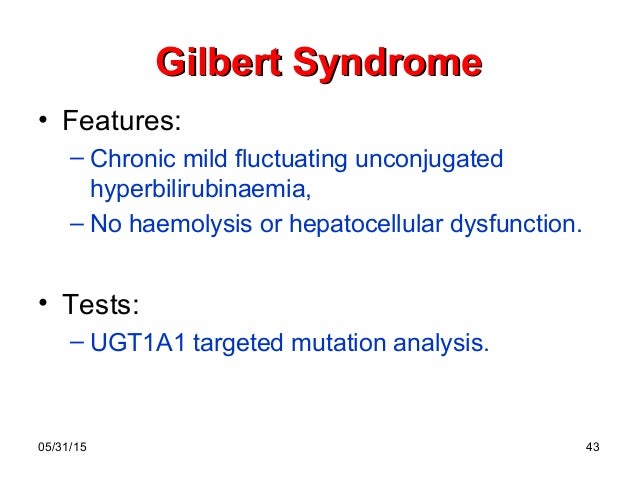


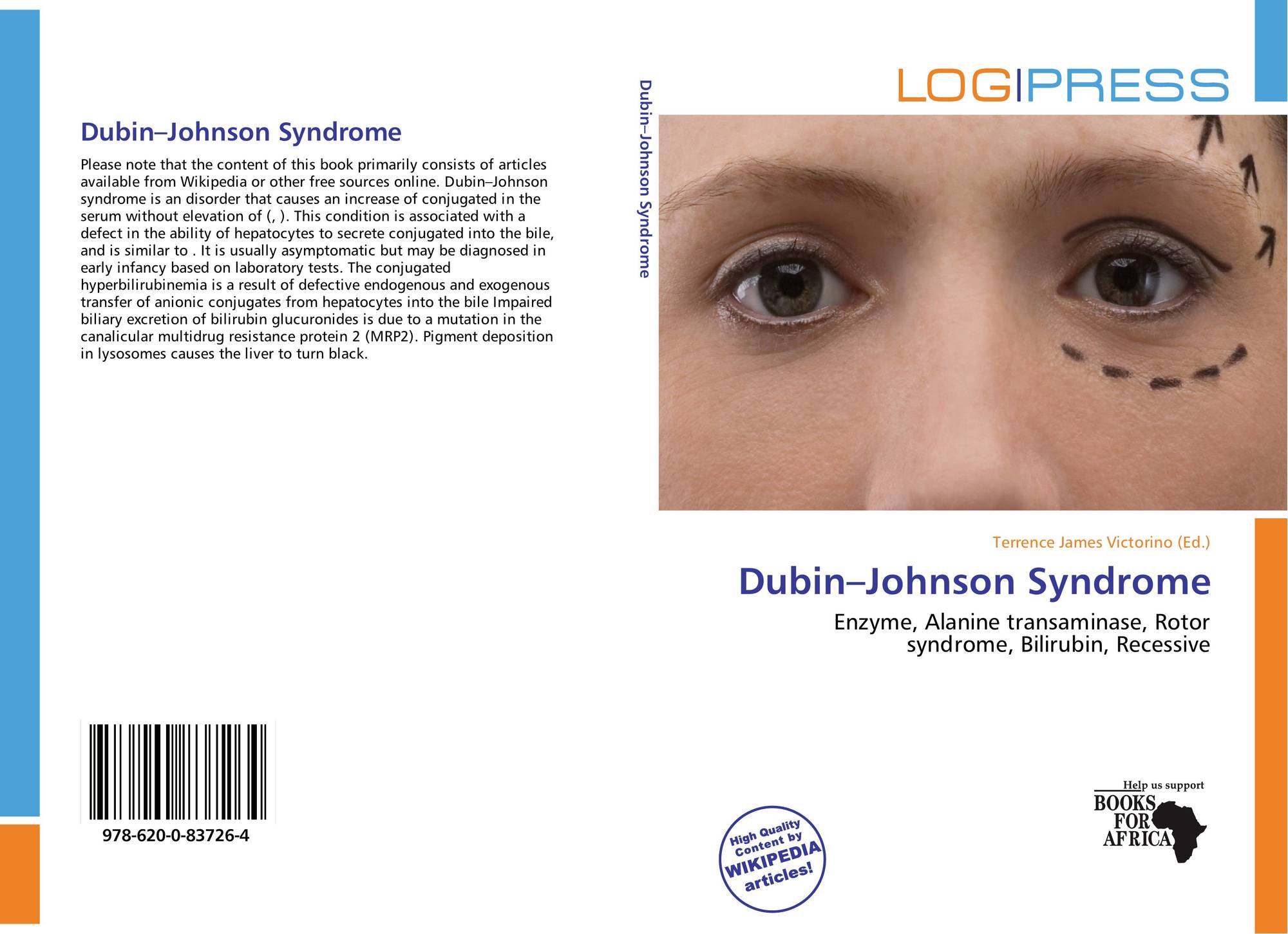


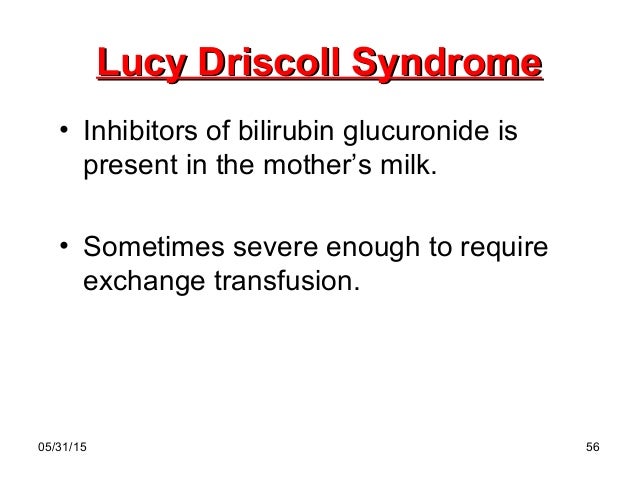


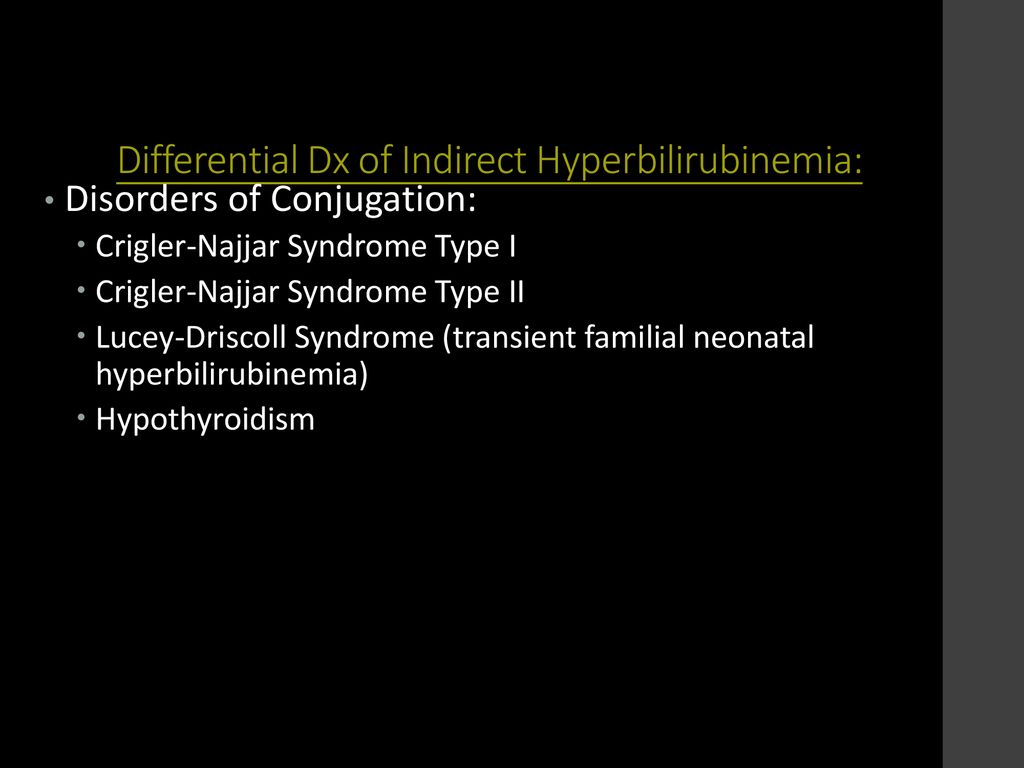






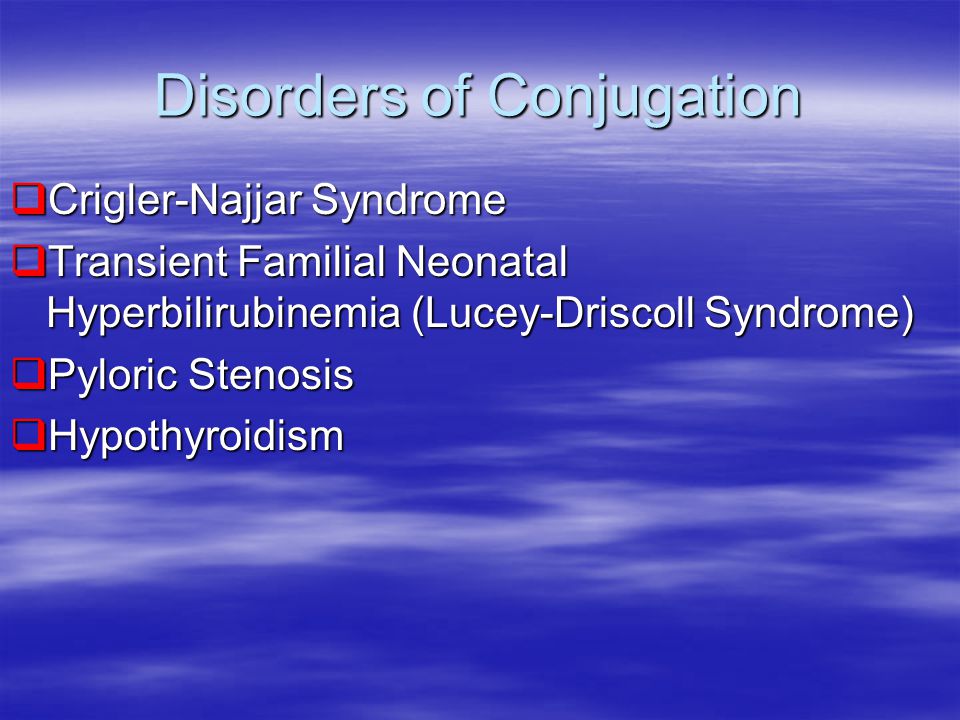
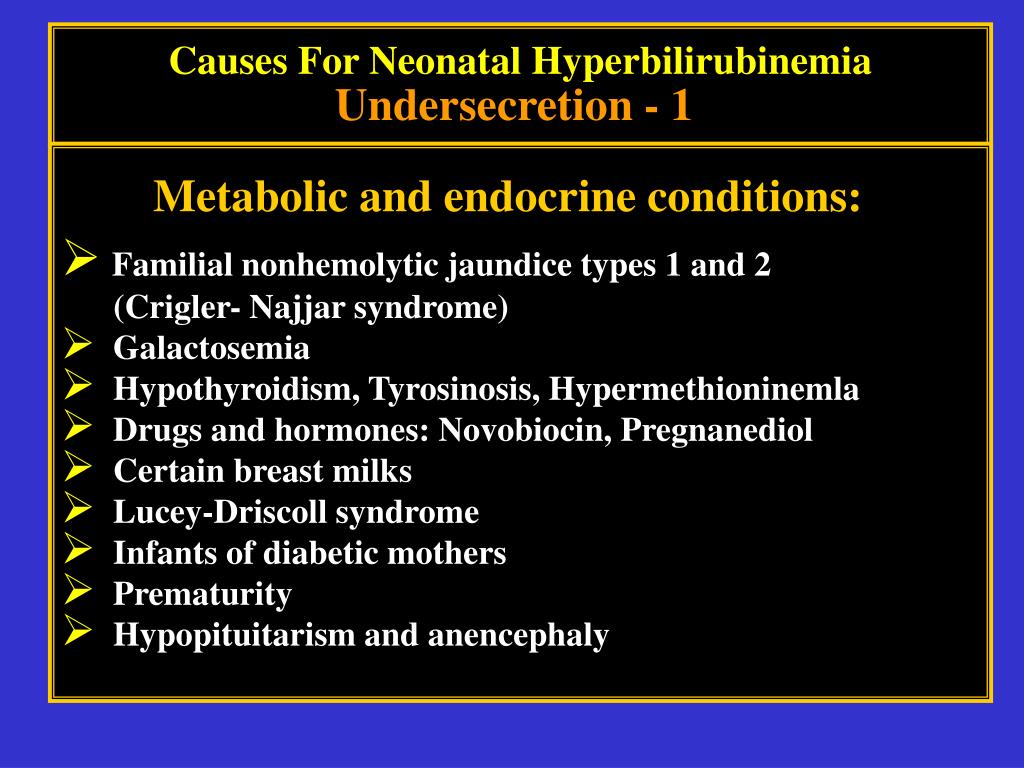
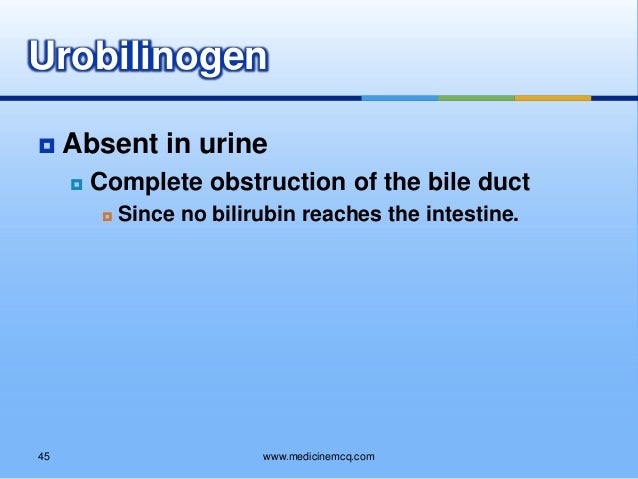


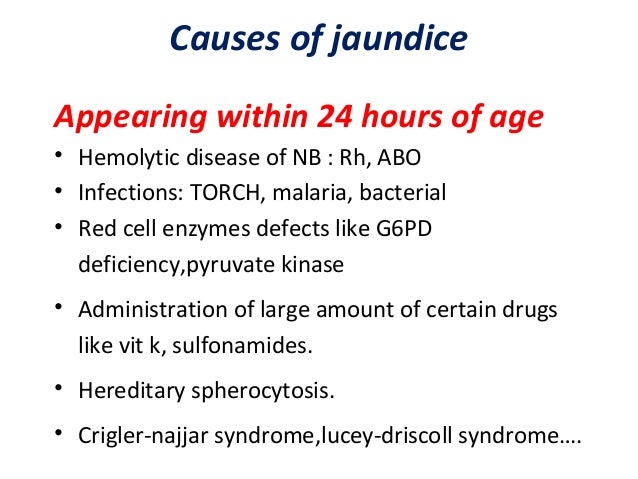

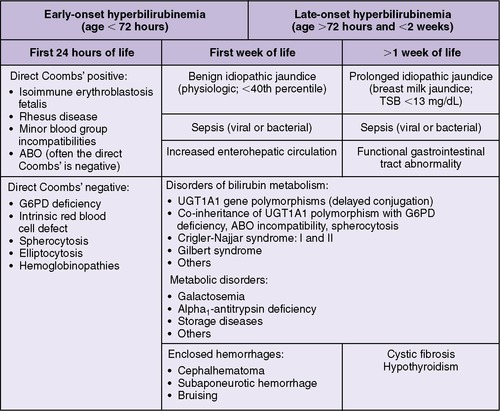

Post a Comment for "Lucey-driscoll Syndrome"